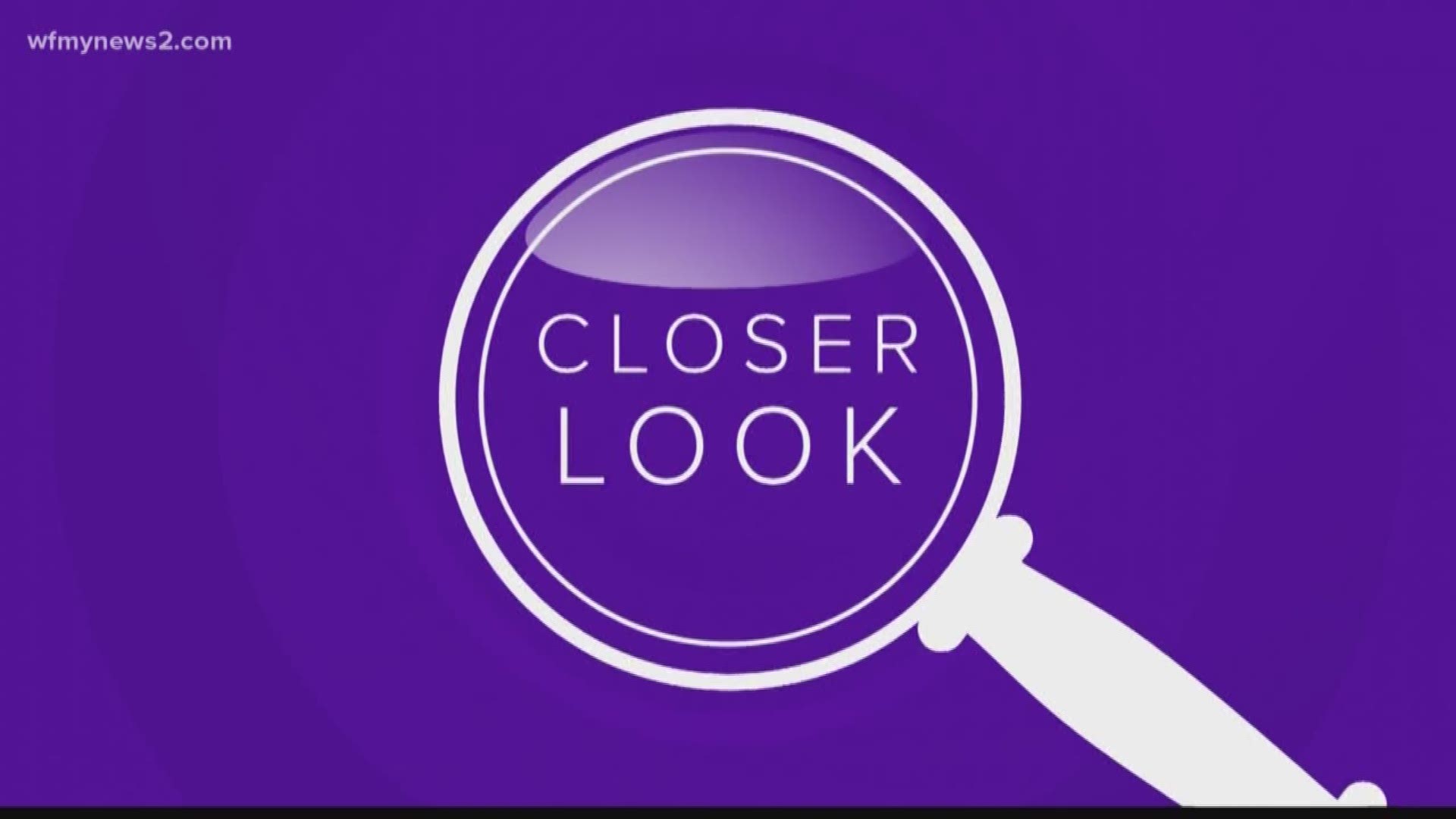After a yearslong legal battle, federal auto safety regulators are providing consumers free access to information about potential problems with their vehicles. These are problems that dealers know about but that automakers haven’t routinely shared with the general public.
A new National Highway Traffic Safety Administration database allows you to search your vehicle’s make, model, and year to find technical service bulletins, or TSBs, that are created by the manufacturer and shared with dealers about how to repair recurring problems. (Note that the link goes to the NHTSA recalls page. From there, select the "Vehicle" tab and search using the Year Make Model for your vehicle. The TSBs appear in the search results as manufacturer communications.)
“It’s now much easier for people to learn about issues with their cars that a dealer will fix for them,” says William Wallace, manager of safety policy at Consumer Reports. “In the past, people too often would not get the repairs their car needed unless their dealer was extra-vigilant and informed them about it proactively.”
How Technical Service Bulletins Can Help You
TSBs usually cover specific problems that are common to a particular model of vehicle, or problems that are tricky to repair and require specialized guidance. They often come about after the automaker receives a spate of similar complaints from customers or warranty claims from dealers.
They stand in sharp contrast to recalls, which deal with safety-related fixes, such as replacing defective Takata airbags that can kill or injure drivers and passengers. Automakers are required by law to inform owners within 60 days of a recall being issued, and repairs are performed at no cost to the vehicle owner. Most recalls are voluntary, but others are forced by NHTSA.
Despite their lower level of seriousness, TSBs can point to problems that can be annoying and time-consuming to repair. For example, a search of TSBs for the 2015 Ford F-150 lists fixes for inoperable seat adjusters and misaligned glove boxes, among other, more important problems, such as oil leaks and engines that won’t start.
The effort to add TSB information to the NHTSA website has been in the works for a long time. The Center for Auto Safety, an advocacy group, filed a lawsuit against NHTSA in 2016 after it failed to make TSBs, service campaigns, and other manufacturer communications available on its website despite being required to do so by a federal law enacted in 2012. Now that NHTSA is following through, CAS has dropped the suit.
“Despite the law being updated in 2012 to require communications from manufacturers to their dealers to be posted online, the government failed to do so—which is why we took DOT to court,” CAS executive director Jason Levine said in a written statement.
Now that consumers can search TSBs, they can go to a dealership armed with more knowledge about the fix that needs to be performed and they can be confident that the technician knows how to solve the problem. Previously, car owners had to search online forums for TSBs, or even pay for them from third parties.
In most cases, customers will have to pay for these repairs, or they may be covered under a vehicle’s existing warranty. But occasionally, a problem covered by a TSB can turn into what automakers call a “service campaign,” “service action,” “customer service campaign,” or “warranty extension.” That means the automaker has agreed to cover the cost to repair a specific problem, sometimes in response to a class-action lawsuit or the risk of litigation but sometimes on its own. These campaigns are sometimes called “secret warranties,” because automakers don’t have the same legal obligations to notify owners that they would with an official recall required by law for a safety defect.
“Work done for service campaigns is covered by the manufacturer, sometimes even beyond the warranty period,” says John Ibbotson, chief automotive services manager at Consumer Reports’ Auto Test Center.
If a consumer already has paid for a repair that is now covered by a service campaign, he or she can ask the automaker for a reimbursement, either through a dealership or directly. This underscores the importance of keeping your service and repair records.
How to Find Free TSBs
To find a TSB, go to NTHSA’s Safety Issues & Recalls page. Type in either your vehicle’s unique 17-character vehicle identification number or its year, make, and model. The site will display recalls, investigations, and complaints. There is also a tab for manufacturer communications, which is where you’ll find TSBs, service campaigns, and other important information. You can sort these communications by type of problem. If you expand the tab for associated documents, you can even find the repair instructions that manufacturers send to dealers. Note that some TSBs released before 2012 will not be available and that the coverage period for older TSBs may have expired.
A dealership or repair shop can also look up available TSBs using the vehicle’s VIN.
If you provide your VIN to a dealership, it should be able to tell you whether any active TSBs apply to your vehicle and whether you would be charged for the repair. In addition, automakers’ websites often list these “secret warranties.” For example, Nissan’s website currently lists service campaigns for paint defects on certain Nissan Rogue SUVs, suspension problems with some Nissan Altima sedans, and brake fluid problems specific to the 2009 Nissan Murano.

